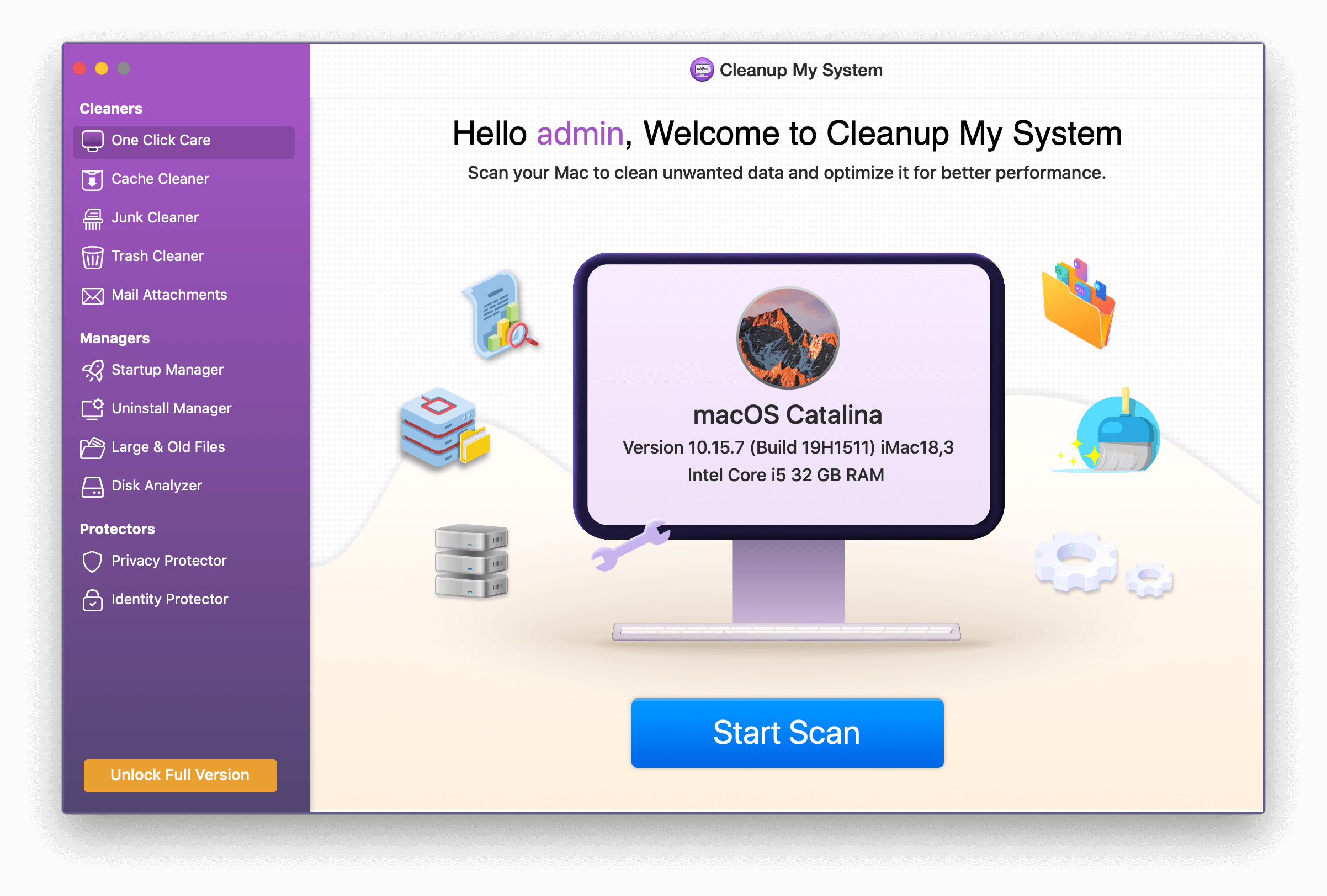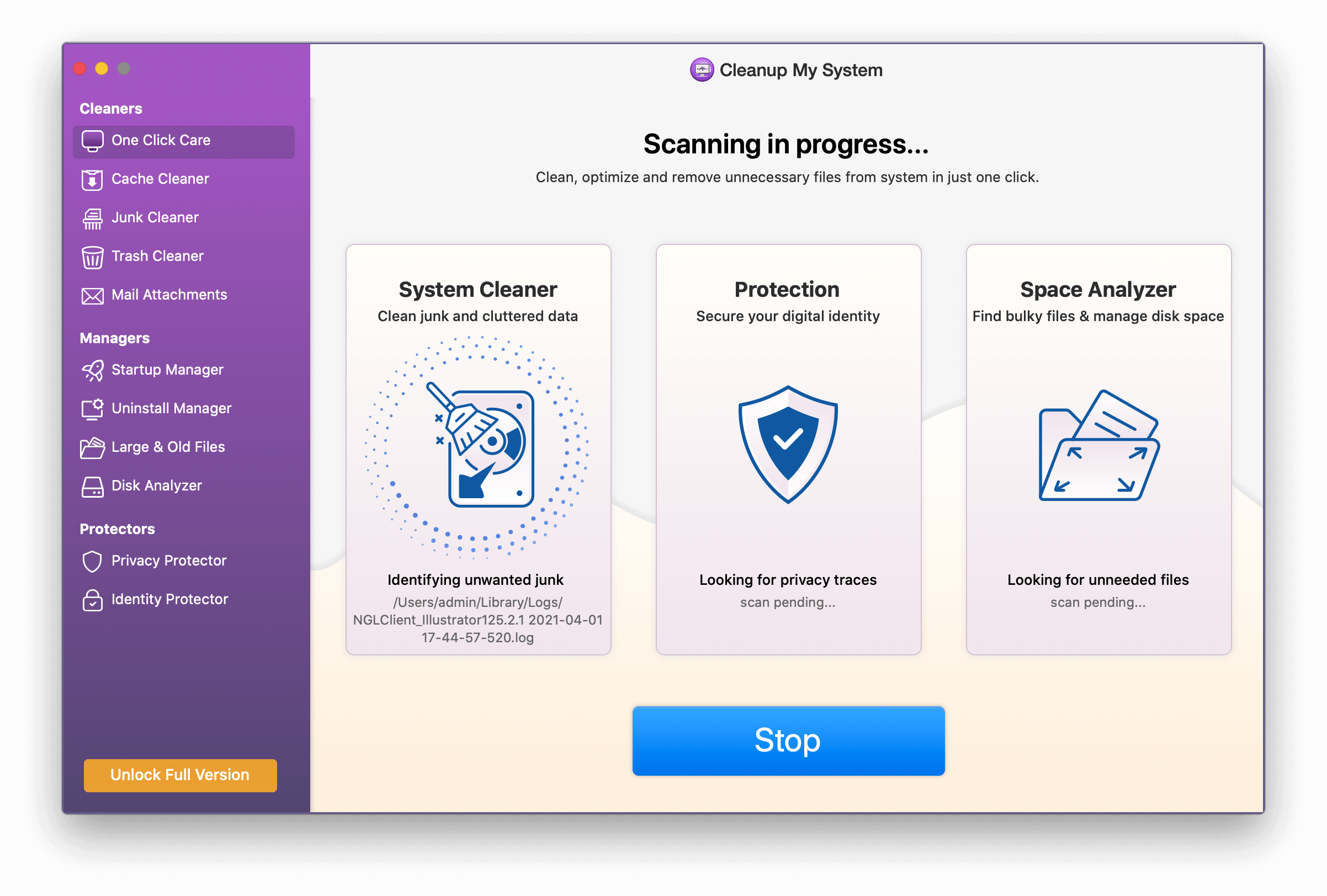The users trust Mac machines for its performance, reliability, speed, and quality. But when they start to underperform or give issues, we get annoyed. To resolve the problem, we either update the operating system, apps, and other installed programs or take it to the nearest store, right?
We do this out of habit because in general, most errors are tracked to unstable software. But do you know faulty hardware can also cause these issues?
To know if it is the faulty hardware, let’s run Apple Hardware Test, also known as Apple Diagnostics.
What is Apple Diagnostics?
Built-in Mac since 2013 Apple Diagnostics or Apple Hardware Test are the tools designed to diagnose problems with your computer’s internal hardware. These tests are an effective way to identify the cause of a Mac performance problem. This could be a failing disk drive, CPU, GPU, or overloaded memory.
How to Run Apple Diagnostics on Mac?
Sometimes due to hardware problems, the Mac system fails to boot. Luckily, we have Apple Diagnostics or Hardware Test, to resolve this problem. Using them, we can restart Mac.
Note: Before running Apple diagnostics, Apple recommends printing the support instructions. Once you’ve them, you can follow the steps below to run Apple diagnostics (on newer hardware & OS) and Apple Hardware Test (on older devices)
Steps to Run Apple Diagnostics on Mac
Note: Before running Apple Diagnostic disconnect all peripherals, external drives, and hardware devices excluding monitor, keyboard, and mouse.
1. Click the Apple logo and select Restart.

2. Press and hold D key until you see list of different languages on the screen
3. Choose the language; this will run Apple Diagnostics automatically.

4. Wait for 2-5 minutes to get the list of detected problems.
5. You’ll see solutions and error codes.
6. Once you have all the information, you can either repeat the test to get more details or can restart the Mac.
What if you are unable to run diagnostics?
If Apple Diagnostics fails to run on your Mac, don’t panic. This is not an unsolvable problem. There’s a possibility that some external device is still attached. So, double-check everything and disconnect CD, USB leaving display, keyboard, mouse intact.
Besides, this part of the diagnostics can be damaged. To resolve this restart Mac by holding down Option + D. If this too doesn’t work, then firmware password can be a problem. Make sure you disable it.
Once you keep these points in mind, you will be able to run Apple diagnostics.
What if Apple Diagnostics founds no issues?
Facing issues with your Mac, tried running Apple diagnostics, however, no issues are found. Well, it certainly is a sigh of relief, as it seems your hardware is fine but the software installed might need help.
Therefore, you need to check if your Mac is overheating or slowing down. If that’s the case, there are chances that your Mac might be running low on disk space and there are lots of junk files, caches, log files, trash items, old/large files, and more.
All this not only takes up a significant amount of storage space but also makes your machine behave sluggishly.
In such a case one must use the best Mac optimizer and cleaner to clean junk files, declutter Mac, organize data and boost performance. We recommend using Cleanup My System for this purpose. Using this efficient and robust Mac Cleaner, you can quickly recover gigabytes of space occupied by unwanted data.
Here’s how Cleanup My System works:
- Download and install Cleanup My System on your Mac.
- Launch the utility and click on the Start Scan button under the One-Click Care module.

- Wait for the scanning process to get completed. You can see all the junk files, cache, log files, and other redundant data that are causing slow performance issues. Simply, hit the Clean Now button to get rid of them in one go.
Additionally, the specific module would also help you to secure your digital identity and hide your online footprints.

Yay! Since all the potential junk traces and residues are clear, you can expect your Mac to perform better and faster than ever before. With just a click or two, you can declutter your Mac and boost overall speed.
In a nutshell, after running the Apple Hardware Test, you can know there’s nothing wrong with the hardware. Plus, when you need to fix software-related issues, try using Cleanup My System and free up unnecessary occupied space, by cleaning junk files, trash items, mail attachments, uninstalling apps you no longer use, and so on.
We hope this article was helpful, and you were able to find answers to all your questions. Stay tuned for more such information. If you have any queries, feel free to mention them in the comments section below!



 Subscribe Now & Never Miss The Latest Tech Updates!
Subscribe Now & Never Miss The Latest Tech Updates!